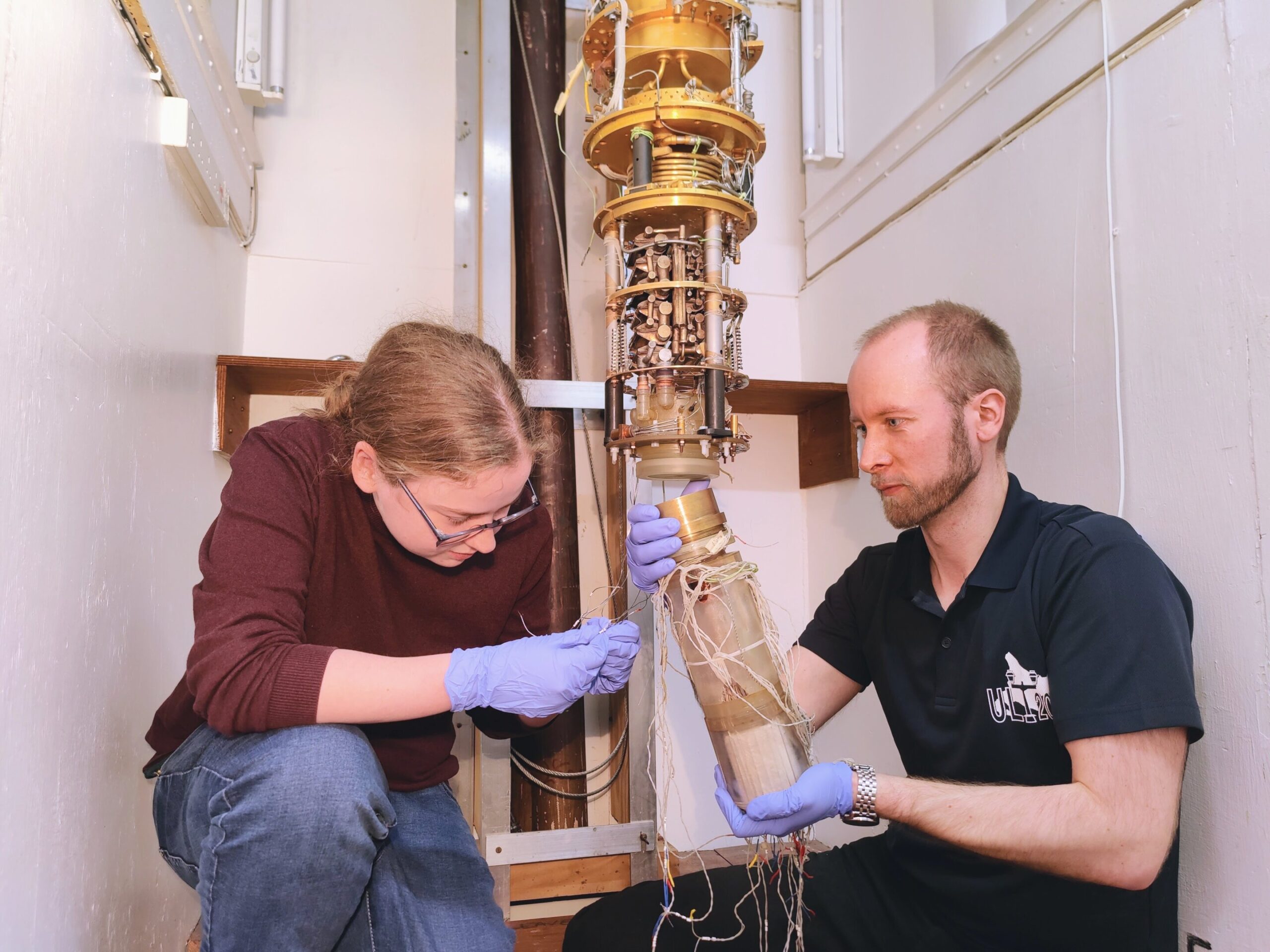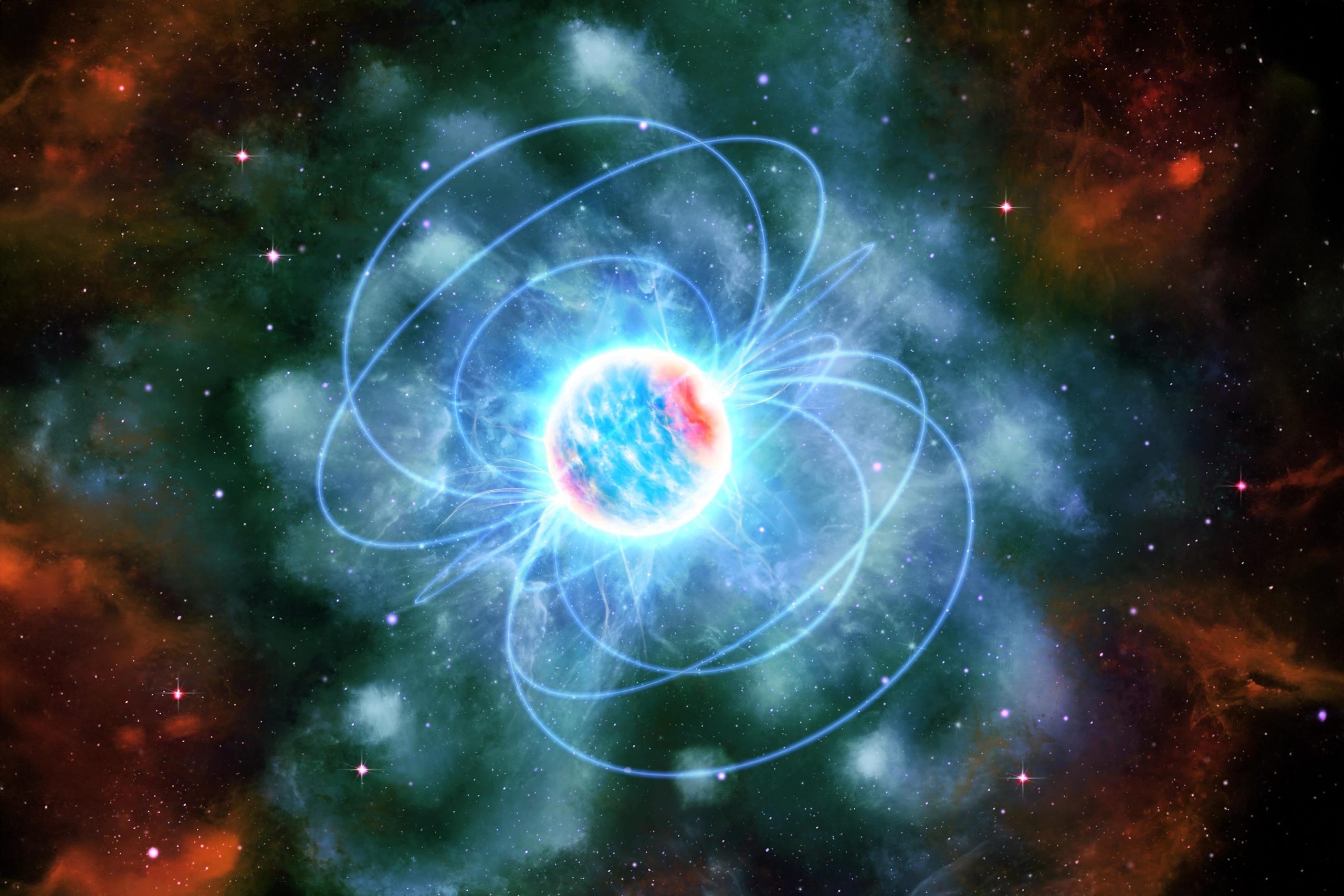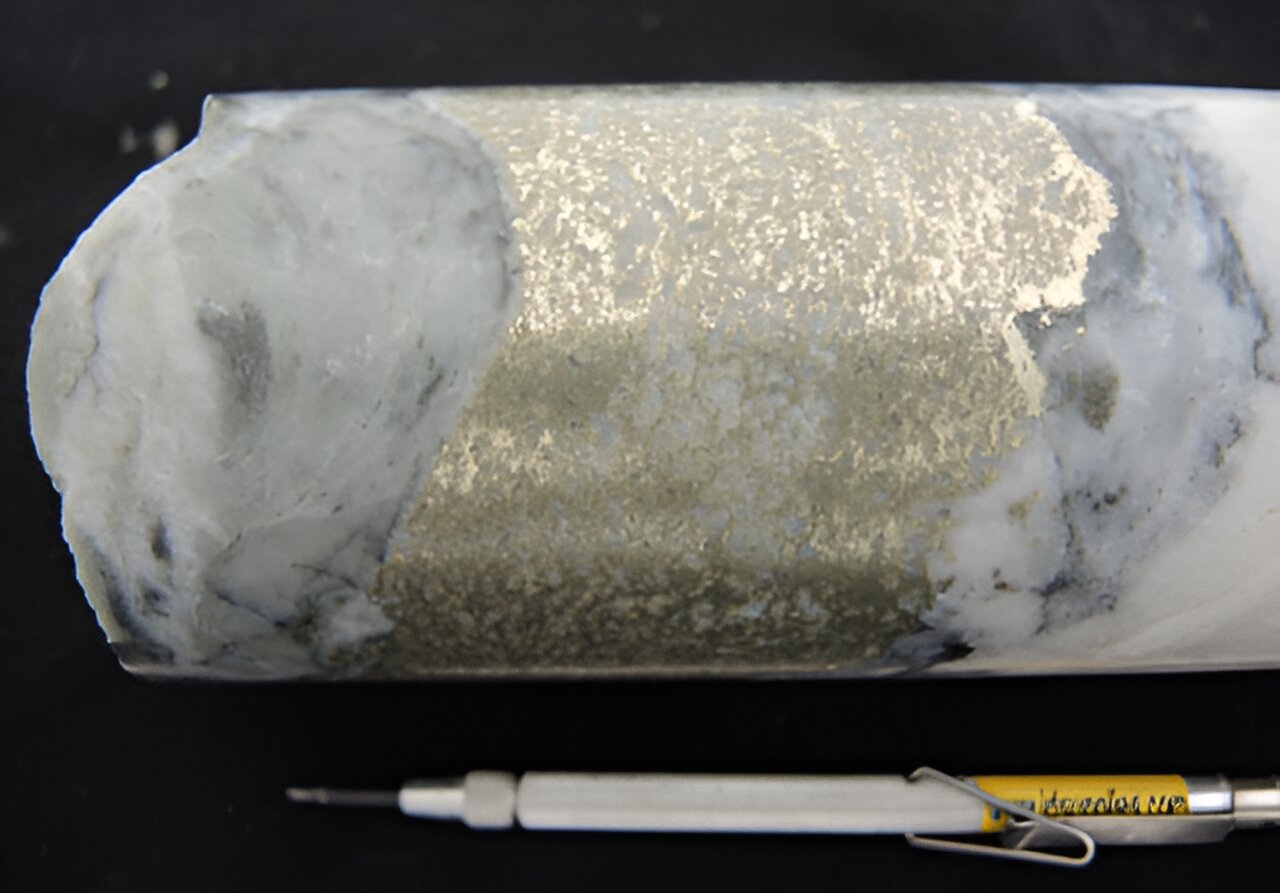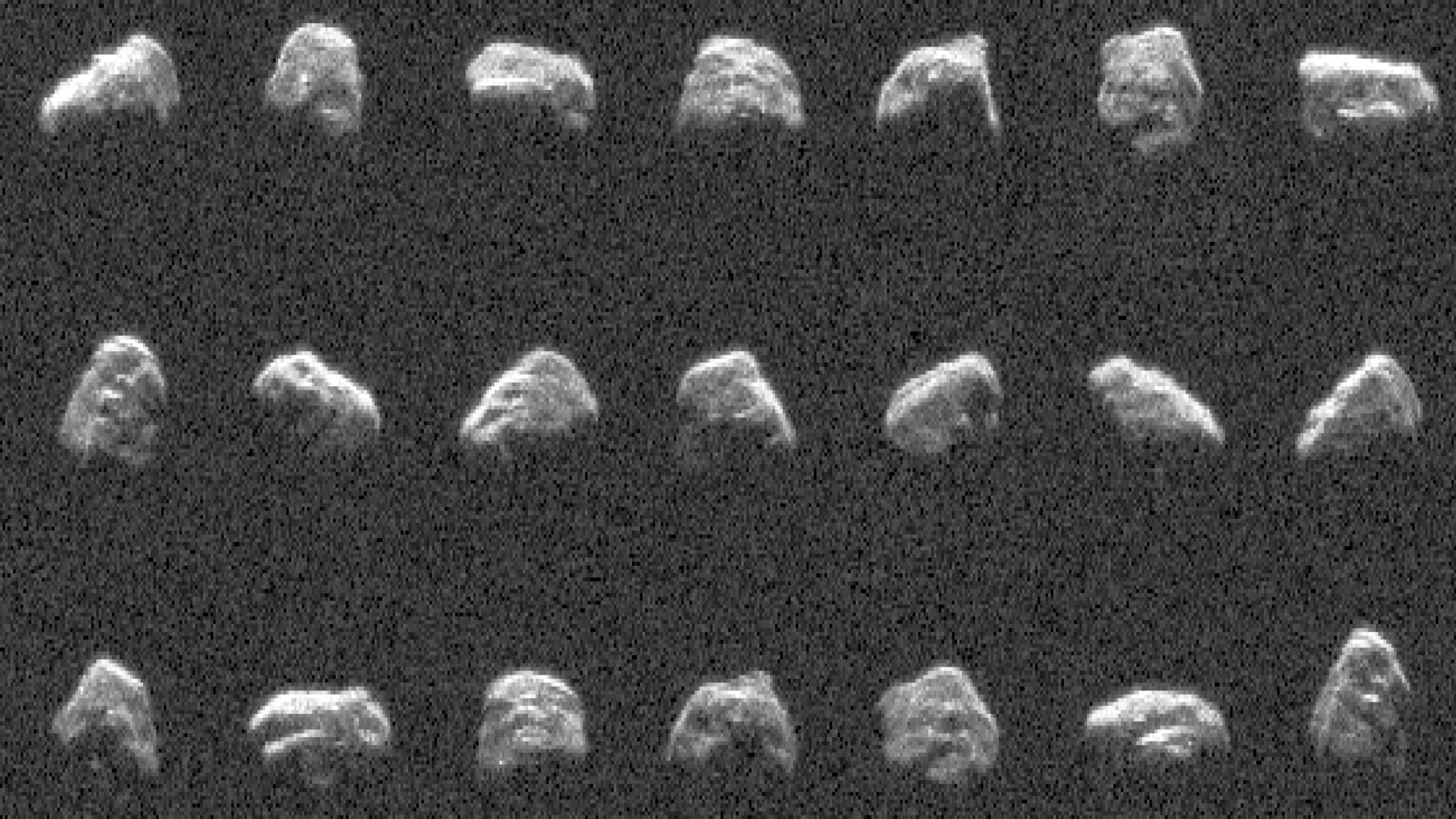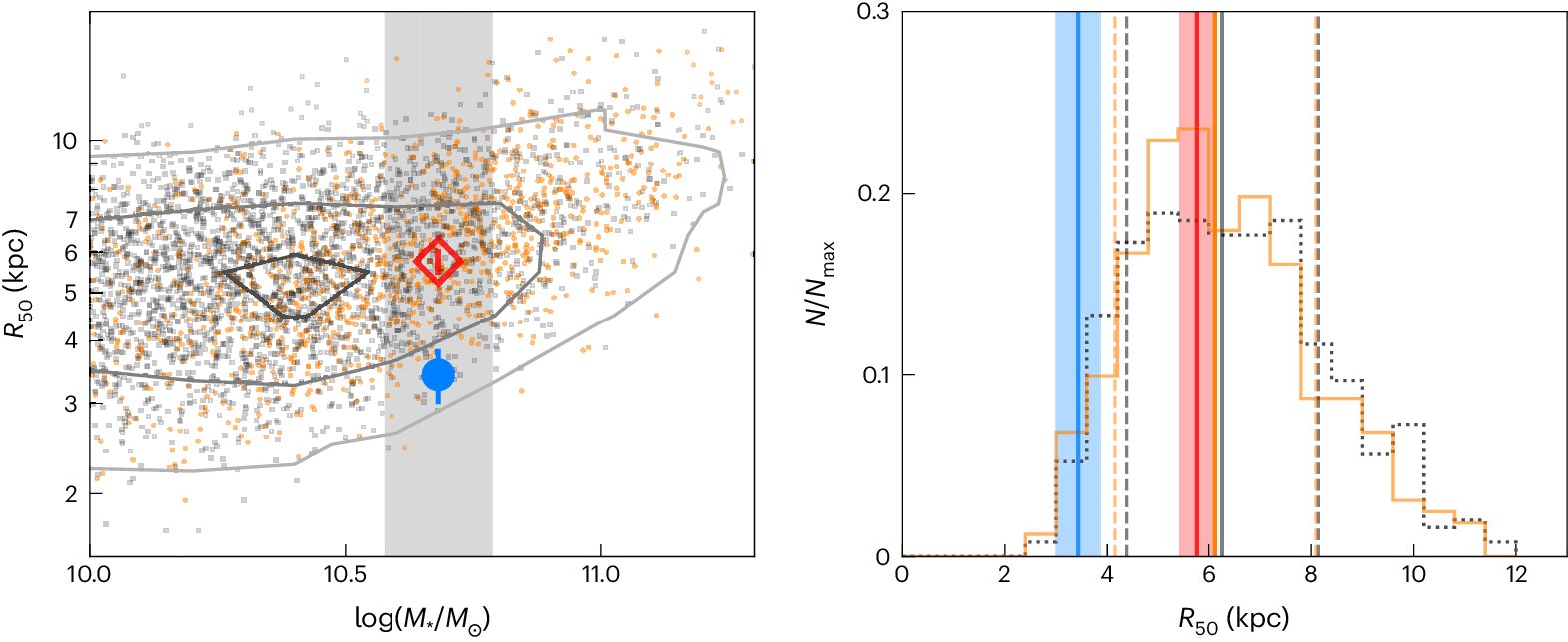New organic molecule breaks records in phosphorescence efficiency, paving the way for rare-metal-free applications
Chemical structure of the molecule and photos of phosphorescence taken under UV irradiation. Credit: Osaka University A research team led by Osaka University found that the new organic molecule thienyldiketone exhibits high-efficiency phosphorescence. It achieved phosphorescence more than ten times faster than traditional materials, allowing the team to clarify this mechanism. The article was published … Read more

